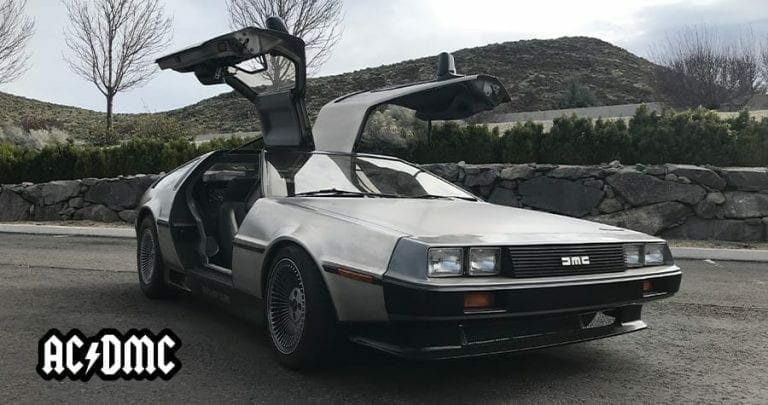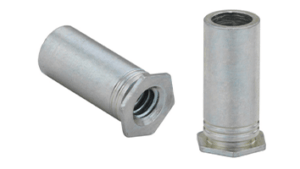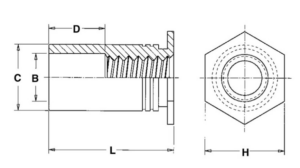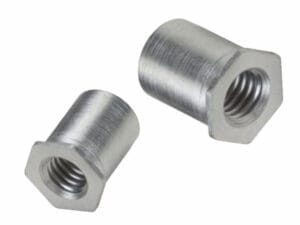Inventors and automobile enthusiasts have been building electric cars since the mid 19th century, but it wasn’t until the mid-1990’s that a practical, mass-produced electric-gas hybrid hit the market. We all remember the early days of the Toyota Prius. Although it looked like an electric shaver on wheels, people went nuts for it. And with each iteration following the first model, sales numbers continued to smash their projections, sometimes by two to three times their target.
But why was the Prius so successful? Was it truly a quest to save the plant? With the Prius’ high price tag, saving money on gas surly wasn’t a buyer’s motivation. The popularity of the hybrid may have spread so fast simply because this electric-hybrid model was something completely new to an entire generation of drivers. With that cool dash monitor and silent glide through parking lots, we were finally getting closer to what fiction writers envisioned as “the future.”
The Prius recently celebrated its 20th birthday. During these last 20 years, we’ve seen a barrage of hybrid and electric cars enter the market – from new versions of the pioneering Prius to the super sleek and sporty Tesla. This influx of electric automobiles has inadvertently given birth to a new era in electric cars – the build it yourself kind. Although you can’t quite order a gas to electric conversion kit on Amazon (yet!), the ample number of electric cars, equals an equal ample number of electric car parts. Motors, inverters and battery cells can all be acquired to build the electric car of your dreams.
Which brings us to Jacob Graham, a car guy looking for a project, interested in learning about electric cars, and with the means to make it happen – not just with any ol’ car, but with the car every 30-something year old remembers from their childhood – the DMC-12, a.k.a. the DeLorean. But not just any DeLorean, this particular DeLorean has a notable past.
The World’s Fastest DeLorean
John DeLorean’s DMC-12 – the car we all know and love as Doc and Marty’s getaway car into the future – was meant to be 1980’s sports car of the decade. The gull-wing doors and stainless steel exterior (meant to emulate the color of the sky) made it a unique must-have for car enthusiasts. However, there was one stand-out problem with the DMC-12, its engine design out-puts an unimpressive 130 hp – on par with your average grocery-getting sedan.
For someone looking to get their hands on the automobile equivalent to an 80’s era icon, but also looking to drive something with a little getty-up, swapping the stock engine for something a bit beefier made sense. And for one special DeLorean, the days of putzing around with a stock interior were over. A Buick Grand National Engine swap created, what is referred to as, the world’s fastest DeLorean.
This DeLorean/Grand National hybrid surely saw some glory days, but we don’t know much about those. What we do know is that at some point, this DMC-12 was parked and not driven again for a really long time. When it re-emerged into public view, it was in a sad-state, and, on a test drive, left YouTube star Matt Farah on the side of the road waiting for AAA.
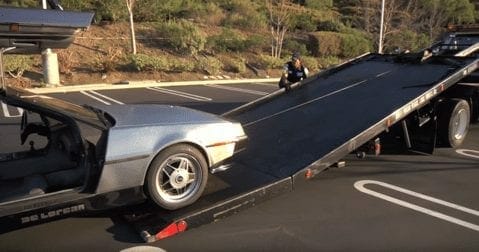
The Project
Looking for a project, Jim Belosic and his weekend maker pal Jacob Graham purchased the DeLorean with restoration in mind, but after a few months of work, constant set-backs, and, not one, but two(!) black widow fumigations, the duo realized the car’s ill-maintained guts were just too far gone. Again, it sat in an auto-cocoon in Jim’s garage.
Meanwhile, Jacob and Jim mastered a few other notable projects including a built-from scratch steam powered car, and a motorcycle-trike conversion. Jacob and Jim were now turning their focus to learning electric car technology. Jim successfully installed a Tesla motor into a 1981 Honda Accord he calls Teslonda (check out Teslonda on Motherboard), and Jacob was looking to make an electric car of his own.
Jacob had recently got his hands on a Nissan Leaf motor as well as an inverter – the component that, among other things, takes the direct current (DC) power from the batteries and converts it to alternating current (AC) power to be fed to the motor. At home, Jacob spinned the motor with the inverter – with both working well, he needed a “home” for the two components to make his electric car project take on a car shape.
“We had this disgusting DeLorean with the worn-out Grand National motor. I put the leaf motor up in position and it looked like it would work, but everything else would need to be made from scratch,” said Jacob.
It seemed fitting to give their DeLorean a new lease on life – equipped with his Leaf Motor and inverter, Jacob would begin the DeLorean conversion from gas powered engine to electric car glory.
The next hurdle would be mounting all of the components in the DeLorean shell. This would require loads of custom-cut metal parts. Jake created mock pieces out of cardboard. From there, he used AutoCAD to design each piece and sent the designs off to SendCutSend – a small batch laser cutting outfit in Reno, NV.
Jake used custom-cut metal for nearly everything. One of the first pieces fabricated was the motor mount to hold his Leaf motor in place.
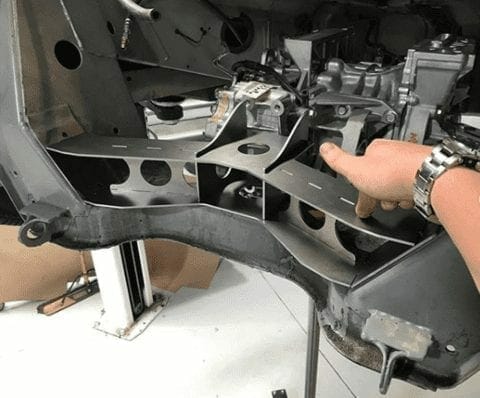
Next, he cut housing to fit the 48 battery modules – 24 up front and 24 in the back.

The battery housing is so satisfyingly neat, but one of the coolest components you’ll find inside is the housing for the inverter. The cut metal is finished with acrylic plates and color changing LEDs. The glowing box perfectly encapsulates this car’s “brain”.
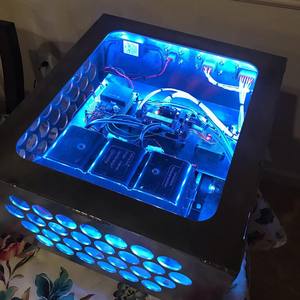
Beneath the inverter is an innovative approach to housing a cooling hose. It consists of several sandwiched metal plates – one plate has been cut precisely to snake a hose through it.
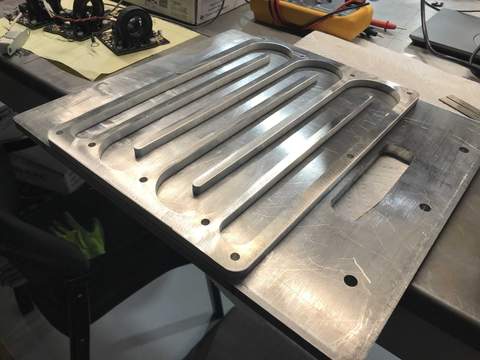
The custom cut parts didn’t stop at the housing and mounts. Jacob also cut busbars and tabs from copper. The tabs had to be cut very thin. His metal cutting outfit, SendCutSend, was able to cut them from 24 gauge copper. These connect to the Battery Management System which Jacob designed circuit boards specifically for.
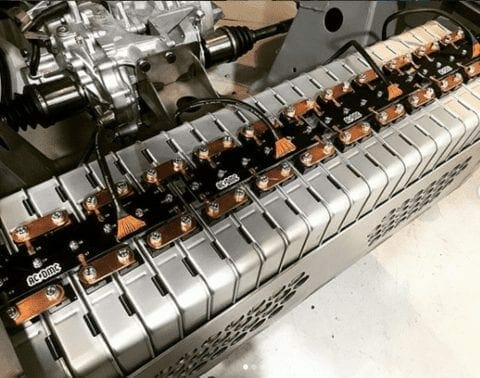
Although a complete overhaul happened under the hood, seats and trunk, the cabin of the car remains virtually untouched. The only noticeable difference is the addition of the Electric Vehicle Management system. The EVMS Jacob used is from Zeva, a company out of Australia. This tiny computer has the important job of turning on the main contactors as well as looking at the batteries to know their individual cell voltages and when a re-charge is in order.
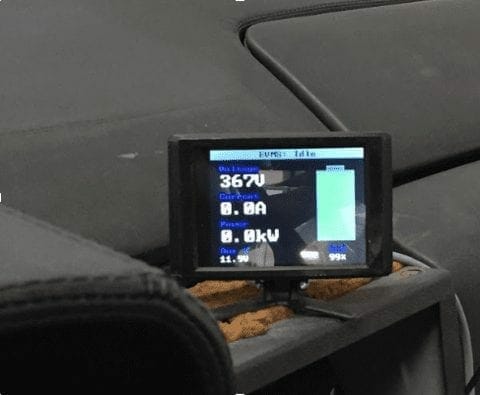
After my tour of Jacob’s electric DeLorean, he modestly said to me, “That’s it. There really isn’t a whole lot to it.” Seeing the care and attention to detail put into this project says otherwise, but I see his point. Comparatively speaking, when building an electric car, there really isn’t a whole lot to it. A whole lot less than a gas-powered car, anyway.
Although this isn’t a project just anyone could do – as it takes a special skill set – I’m hopeful that, with continued innovation in the field, electric car conversions will become easier for the masses.
As one last treat, I got to see the electric DeLorean take a spin around the parking lot. It wasn’t quite like the time traveling DeLorean I had grown up watching on the silver screen, blasting off into the sky. But to watch it silently glide over the road was way cooler than any dime-a-dozen gas-powered engine rumble. John DeLorean was certainly ahead of his time when conceptualizing the DMC-12. It seems fitting his “sports car of the future” has stuck around long enough to be reborn as an electric car.
